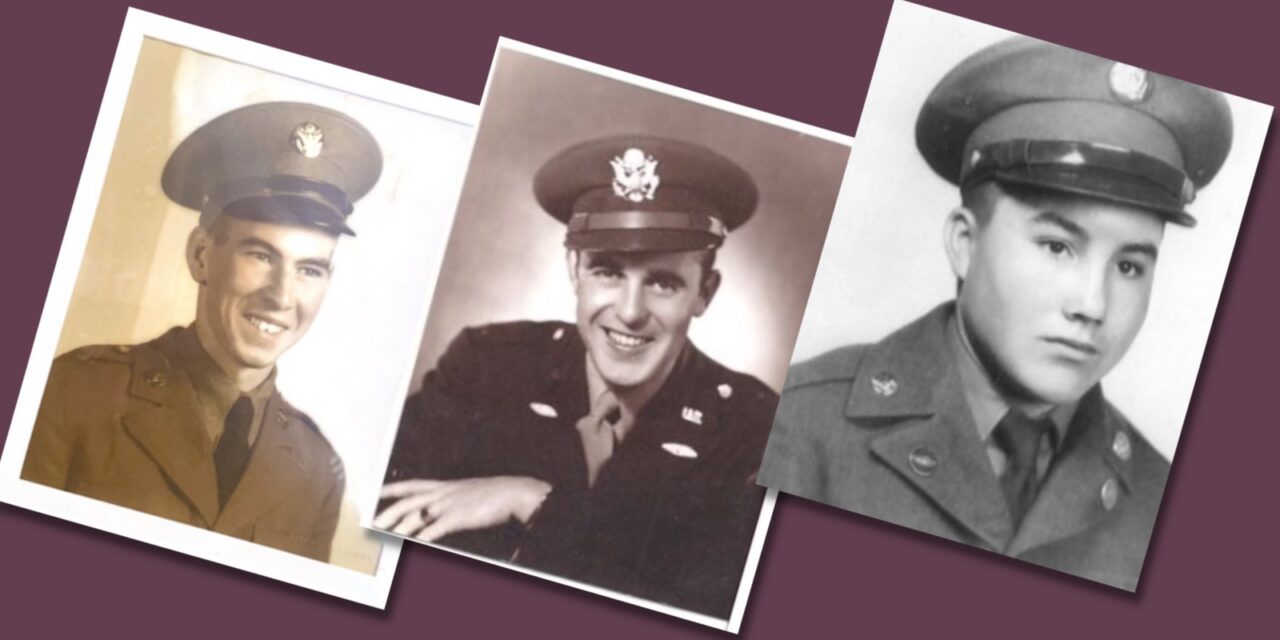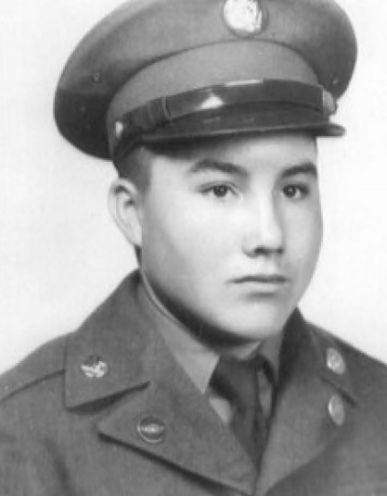The US Defense POW/MIA Accounting Agency aims to provide the fullest possible accounting for US missing military servicemen to their families and the nation.
The Agency works to identify the remains of personnel reported as missing in action and below you can find details of some of their recent discoveries. As of the end of November 2023, the US Defense Accounting agency successfully identified another 12 US soldiers.
Airman Accounted for from WWII (Hall, F.)
The Defense POW/MIA Accounting Agency (DPAA) announced that U.S. Army Air Force Staff Sgt. Franklin P. Hall, 21, of Leesburg, Florida, killed during World War II, was accounted for July 13, 2023.
In January 1944, Hall was assigned to the 66th Bombardment Squadron, 44th Bombardment Group (Heavy) in the European Theater. On Jan. 21, Hall, a left waist gunner on board a B-24D Liberator Queen Marlene, was killed in action when his plane was attacked by German air forces near Équennes-Éramecourt, France. German forces quickly found the crash site and recovered nine sets of remains, which were then interred in the French cemetery at Poix-de-Picardie. Hall’s remains were not accounted for after the war.
Beginning in 1945, the American Graves Registration Command (AGRC) searched the area around Équennes-Éramecourt. None of the investigations uncovered any leads regarding the disposition of Hall’s remains. He was declared non-recoverable on March 01, 1951.
DPAA historians have been conducting on-going research into Soldiers missing from combat around Équennes-Éramecourt and found that X-391 St. Andre (X-391) and X-393 St. Andre (X-393), buried in Normandy American Cemetery, an American Battle Monuments Commission site, could be associated with Hall. X-391 and X-393 were disinterred in April 2018 and transferred to the DPAA Laboratory for analysis where it was later determined the remains of X-393 belonged to Hall.
To identify Hall’s remains, scientists from DPAA used anthropological analysis. Additionally, scientists from the Armed Forces Medical Examiner System used mitochondrial DNA (mtDNA) and Y-chromosome DNA (Y-STR) analysis.
Tanker Accounted for from WWII (Walker, G.)
The Defense POW/MIA Accounting Agency (DPAA) announced that U.S. Army 2nd Lt. Gene F. Walker, 27, of Richmond, Indiana, killed during World War II, was accounted for July 21, 2023.
In November 1944, Walker was assigned to Company H, 3rd Battalion, 32nd Armored Regiment, 3rd Armored Division, as the commander of an M4 Sherman tank. His unit was engaged in battle with German forces near Hücheln, Germany, when his tank was hit by an 88-mm anti-tank round. The hit caused a fire and is believed to have killed Walker instantaneously. The surviving crew bailed out of the tank, but when they regrouped later were unable to remove Walker from the tank due to heavy fighting. The War Department issued a presumptive finding of death in April 1945.
While studying unresolved American losses in the Hücheln area, a DPAA historian determined that one set of unidentified remains, designated X-157 Henri-Chapelle, recovered from one of the burned-out tanks in Hücheln in December 1944 possibly belonged to Walker. The remains, which had been buried in Henri-Chapelle U.S. Military Cemetery, an American Battle Monuments Commission site in Hombourg, Belgium, were disinterred in August 2021 and sent to the DPAA laboratory for analysis.
To identify Walker’s remains, scientists from DPAA used anthropological analysis, as well as circumstantial evidence. Additionally, scientists from the Armed Forces Medical Examiner System used mitochondrial DNA (mtDNA).
Soldier Accounted for from Korean War (Short, L.)
The Defense POW/MIA Accounting Agency (DPAA) announced that U.S. Army Cpl. R. V. Leo Short, 19, of Seminole, Oklahoma, killed during the Korean War, was accounted for June 22, 2023.
In November 1950, Short was a member of George Company, 2nd Battalion, 38th Infantry Regiment, 2nd Infantry Division, Eighth U.S. Army. He went missing in action after his unit was forced to retreat from Kunu-ri in the vicinity of Unbong-dong, North Korea. Due to intense fighting in the area, his body could not be recovered at that time. In 1953, several POWs returned during Operation Big Switch reported Short had been a prisoner of war and died in March, 1951, at Prisoner of War Camp #5.
In 2018, DPAA’s request to disinter 652 Korean War Unknowns—in seven phases—from the National Memorial Cemetery of the Pacific—also known as the Pounchbowl—in Honolulu, Hawaii, was approved. In September 2019, the DPAA disinterred Unknown X-14743, a set of remains returned during Operation Glory, as part of Phase Two of the Korean War Disinterment Plan and sent the remains to the DPAA laboratory for analysis.
To identify Short’s remains, scientists from DPAA used dental and anthropological analysis, as well as chest radiograph comparison and circumstantial evidence. Additionally, scientists from the Armed Forces Medical Examiner System used mitochondrial DNA (mtDNA) analysis.
Short’s name is recorded on the Courts of the Missing at the Punchbowl, along with the others who are still missing from the Korean War. A rosette will be placed next to his name to indicate he has been accounted for.
Image Source:
- Airman Accounted for from WWII (Hall, Franklin.): DPAA
- Tanker Accounted for from WWII (Walker, Gene.): DPAA
- Soldier Accounted for from Korean War (Short, Leo.): DPAA
- Identified Soldiers November 2023: DPAA








